Furamag® (Furamagum, Furazidinum) 50 mg, 30 caps
$27.40
Out of stock
Description
Structure
ONE CAPSULE CONTAINS ACTIVE SUBSTANCE: FURAZIDINE (CORRESPOND TO FURAZIDINE POTASSIUM 50 MG) 43.70 MG
Indications for use
Infections caused by microorganisms sensitive to furazidine potassium: urinary tract infections (acute cystitis, urethritis, pyelonephritis), prostatitis, skin and soft tissue infections, severe infected burns, gynecological infections.
Prophylactically can be used in urological operations, cystoscopy, catheterization, etc.
Method of administration and dosage
The capsule should be swallowed whole, without chewing, after meals with a sufficient amount of liquid.
Adults: 50-100 mg (1-2 capsules) 3 times a day.
Children weighing more than 30 kg (over 6 years old): 50 mg each (1 capsule) 3 times a day.
The course of treatment is 7-10 days. If necessary after 10-15 day break the course is repeated.
To prevent infection
Adults and children weighing 30 kg or more (over 6 years old): 50 mg once a day.
Never take a double dose to replace a missed dose.
Side effects
Furamag, like other medicines, can cause side effects that do not occur in all patients.
Classification of unwanted adverse reactions by the frequency of development: very often (≥ 1/10); often (≥ 1/100 to <1/10); infrequently (≥ 1/1000 to <1/100); rarely (≥ 1/10 000 to <1/1000); very rare (<1/10 000); the frequency of manifestation is not known (cannot be determined from the available data) *.
Rarely
– hematopoietic disorders (aplastic anemia, agranulocytosis, thrombocytopenia)
– pancreatitis
– acute and chronic reactions of hypersensitivity of the lungs. Acute pulmonary reaction is a hypersensitivity reaction that can develop within hours, rarely minutes, and is characterized by fever, eosinophilia, cough (with or without phlegm), chest pain, severe shortness of breath. Chronic pulmonary reactions can occur for a long period of time after stopping nitrofuran therapy and are characterized by gradually increasing shortness of breath, rapid breathing, fever, eosinophilia, progressive cough, interstitial pneumonia and / or pulmonary fibrosis.
– angioedema, urticaria, exfoliative dermatitis, erythema polymorphism, reversible alopecia
– arthralgia (joint pain)
– cholestatic jaundice, hepatitis
– weakness, fever
Often
– headache
Infrequently
– dizziness, drowsiness
– nausea, flatulence
Seldom
– peripheral neuropathy
– visual impairment
– vomiting, lack of appetite, diarrhea, indigestion, constipation, abdominal pain
– papular rash, itching
Furamag stains urine dark yellow or brown.
The frequency of side effects from the gastrointestinal tract is reduced when the drug is taken with food.
To avoid or reduce the severity of side effects, it is recommended to consume plenty of fluids, take B vitamins and antihistamines. With pronounced side effects, you should reduce the dose or stop taking the drug.
If you experience any side effects that are not listed in the package insert or any of the mentioned side effects are particularly severe, please consult a doctor.
Contraindications
– hypersensitivity to the active substance, other compounds of the nitrofuran group or excipients of the drug
– severe renal failure
– polyneuropathy (including diabetic)
– porphyria (hereditary disorder of pigment metabolism in the blood)
– pregnancy and breastfeeding
– children under 6 years old
Drug interactions
Be sure to inform your doctor about all medicines, including over-the-counter medicines, that you are taking.
Should not be used simultaneously with ristomycin, chloramphenicol, sulfonamides, because suppression of the processes of hematopoiesis is possible.
Applying simultaneously with penicillin and cephalosporin, the antibacterial effect is significantly increased. Combines well with tetracycline, erythromycin or oleandomycin (antibiotics).
Urine alkalizing agents weaken the activity of nitrofurans.
Urine acidifying agents (acids, including ascorbic acid, as well as calcium chloride), increase the activity of the drug, but the risk of developing toxic effects increases.
The simultaneous use of Furamag and uricosuric drugs (probenecid, sulfinpyrazone) reduces the excretion of furazidine potassium in the urine and, therefore, may increase toxicity.
During treatment, alcoholic beverages should not be consumed, as unwanted side effects (headache, nausea, vomiting) may increase, as well as increased heart rate, low blood pressure, convulsions.
Special instructions
Caution should be exercised in patients with glucose deficiency.
6-phosphate dehydrogenase, because there is a risk of developing hemolysis.
Take with caution in patients with impaired renal, liver and nervous system function. Furamag is not recommended for kidney parenchymal infections.
Caution should be exercised in patients with anemia, deficiency of B vitamins, lung disease and patients with known hypersensitivity to drugs.
Prescribe with caution to patients with diabetes mellitus due to the risk of developing polyneuropathy. At the first symptoms of neuropathy, the drug should be discontinued. Long-term use of Furamag can also cause peripheral neuropathy (pain, sensory disturbance in the area of the corresponding nerve).
With prolonged use, it is necessary to monitor the indicators of liver and kidney function, as well as lung function, especially in patients over 65 years of age (risk of pulmonary fibrosis).
With prolonged use of prophylactic doses of Furamag, clinically significant bacterial resistance does not develop.
There are no data on cases of development of pseudomembranous colitis during treatment with Furamag, although almost all antibacterial agents, including nitrofuran derivatives, have reports of cases of pseudomembranous colitis. The likelihood of this side effect in patients with diarrhea caused by suppression of the natural microflora of the rectum during the use of antibacterial agents should be taken into account. Unlike antibiotics, Furamag practically does not change the intestinal microflora. In the case of a mild form of pseudomembranous colitis, it is enough to stop taking the antibacterial agent.
In patients taking Furamag, when determining glucose in urine by the copper reduction method, there may be false-positive results. If enzymatic methods are used to determine glucose in urine, Furamag does not affect the test results.
Impact on the ability to drive vehicles and service machinery
The drug does not affect the ability to drive vehicles or operate machinery. But patients who experience dizziness, drowsiness or other side effects from the central nervous system during treatment should be careful when driving or using other mechanisms.
Overdose
Overdose cases have not been reported. Usually, toxic effects can occur in patients with impaired renal function. In these cases, symptoms are observed: neurotoxic reactions, incl. ataxia, tremor.
Treatment. In case of overdose, a large amount of liquid should be consumed. Antihistamines are used to relieve acute symptoms. It is recommended to use B vitamins (thiamin bromide).
Storage conditions
Store in a dry, dark place at a temperature not exceeding 25 ° C.
Keep out of the reach of children!
Shelf life – 3 years
The drug should not be used after the expiration date indicated on the package.
Additional information
| Ingredient |
|---|





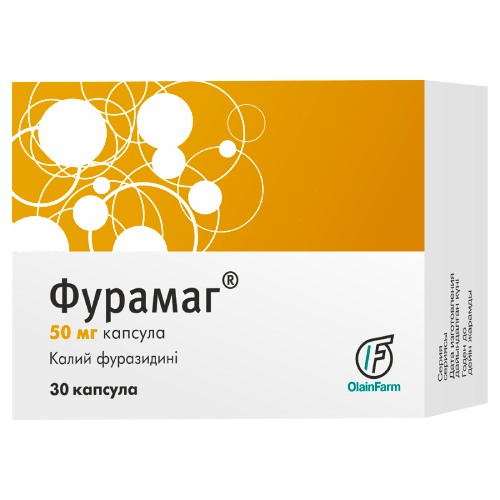

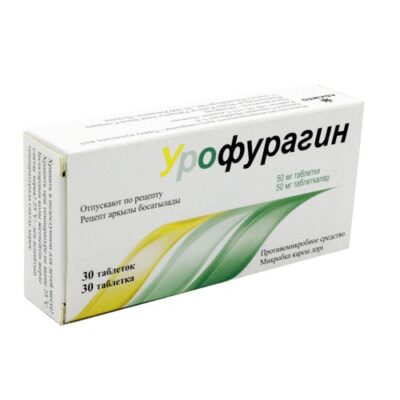
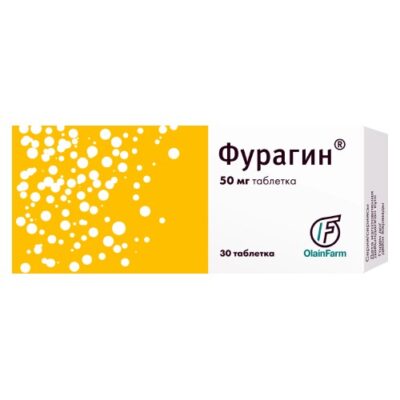
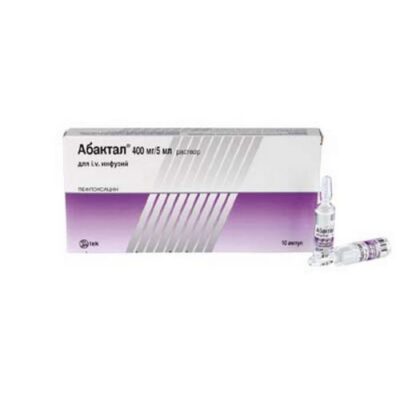
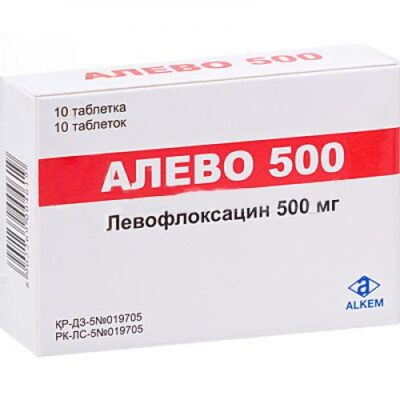
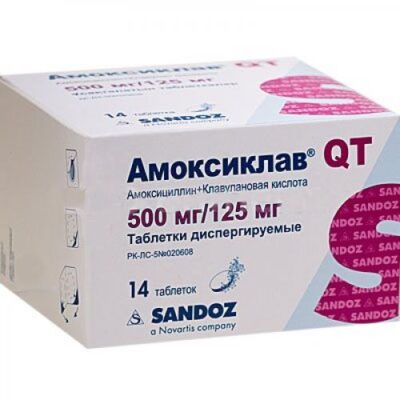
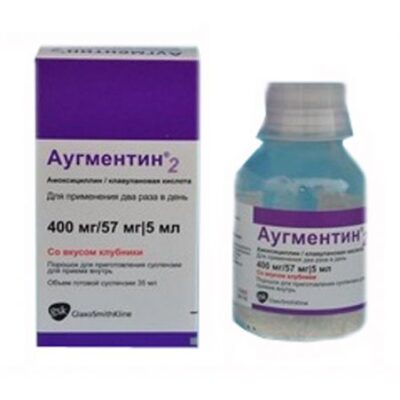
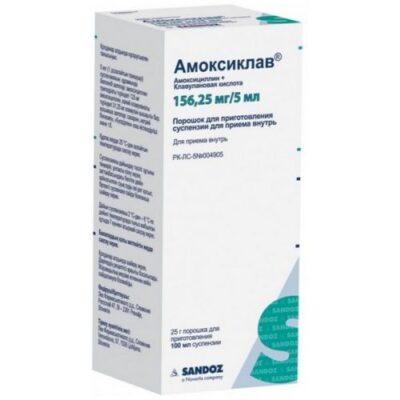
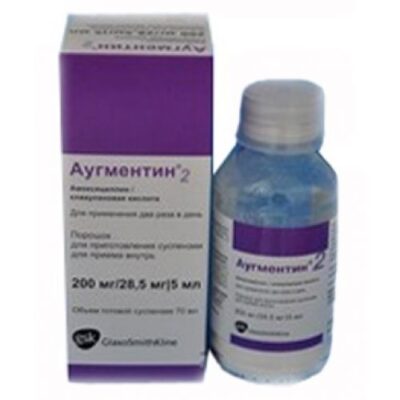
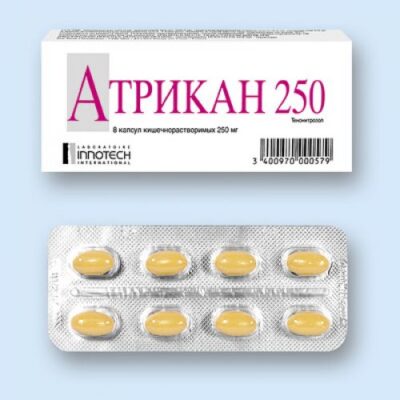

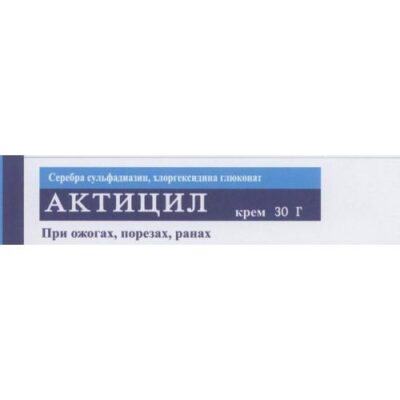







Reviews
There are no reviews yet.